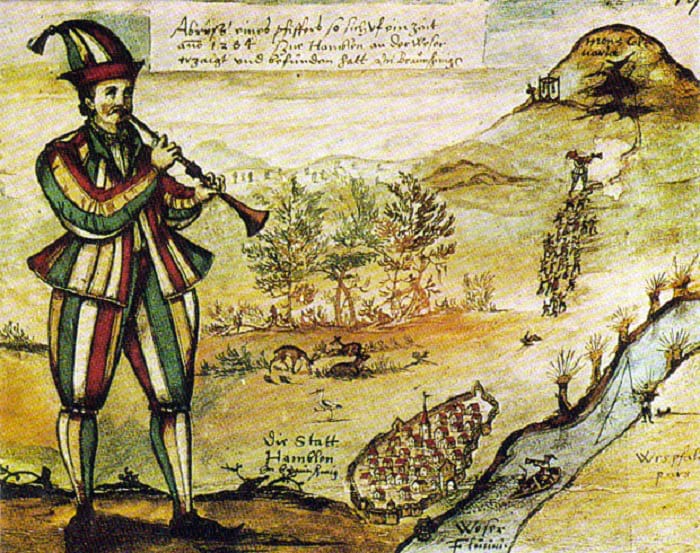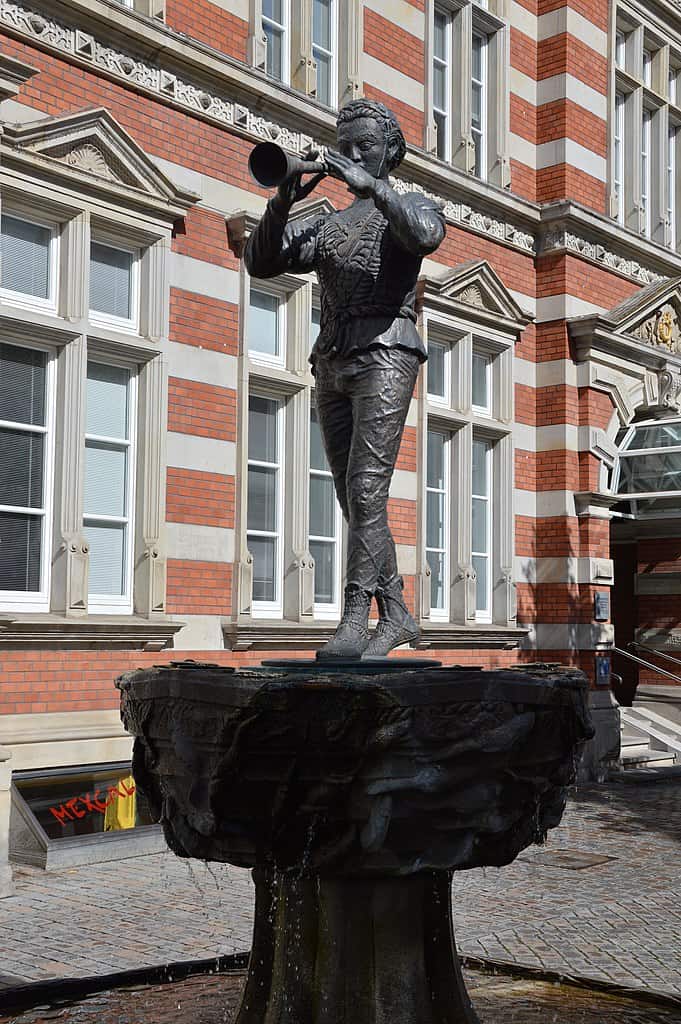
ADVERTISEMENT - CONTINUE READING BELOW
19. The Dark Origins of the Legend of the Pied Piper of Hamelin
The earliest surviving mention of whatever happened in Hamelin comes from a 1384 entry in the town’s records, which bleakly states: “It has been 100 years since our children left“. The earliest record was a stained glass window made for the town’s church even earlier than that, circa 1300 – about sixteen years after the children were supposedly taken. The window was destroyed in the seventeenth century, but written descriptions of it survive, the oldest of which dates to around 1440. As to what was actually behind the legend, a leading theory is that the children starved in a famine, died in an epidemic, or otherwise perished in some disaster, and the Pied Piper symbolizes Death. Other theories have it that the Pied Piper was a recruiter for emigration to the east – popular at the time after victories opened up the Baltic region and Eastern Europe to German colonization.

ADVERTISEMENT - CONTINUE READING BELOW
Recruiters known as lokators, glib talking and often dressed garishly and playing musical instruments, went to towns and villages in search of settlers. A lokator might have drained Hamelin of most of its youth. Another possibility is that in the midst of famine, Hamelin’s parents expelled their children. Life was orders of magnitude tougher back then, and desperate people were sometimes forced into desperate choices. Another theory is mass hysteria. The era witnessed numerous dance mania outbreaks. One such, in 1237, saw a large group of hysterical children travel from one town to another, dancing and jumping all the time. A darker possibility is that the Piper was a vicious pedophile, who crept into Hamelin to snatch sleeping children. We may never know the exact details, but it is clear that something bad that involved Hamelin’s children happened in 1284, and left the town traumatized for centuries afterwards.

